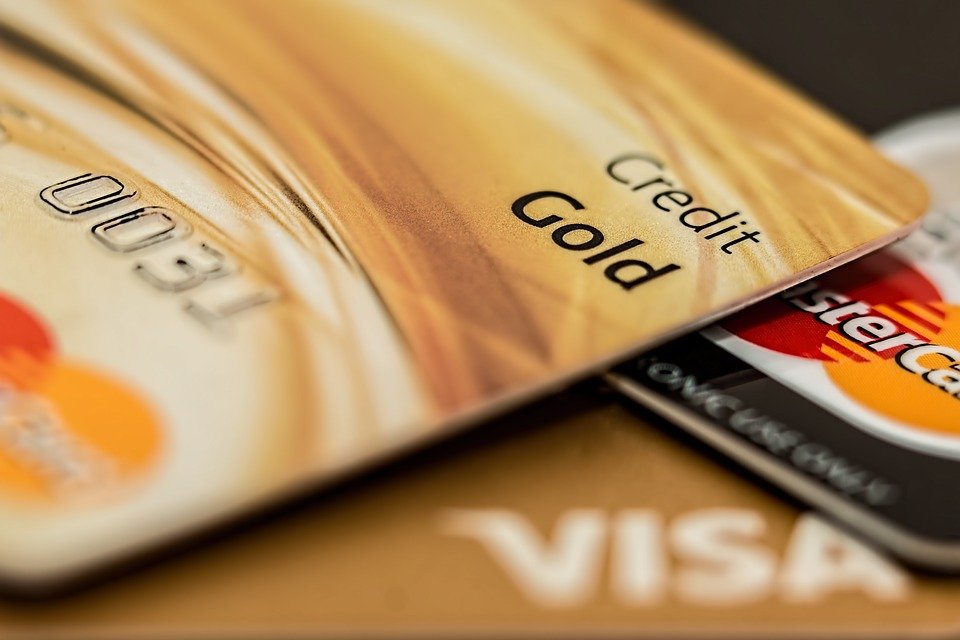
How to Check Your Business Credit

Building and maintaining good business credit will open the doors to new financing opportunities for your business. With strong business credit, you’ll have an easier time securing loans, lines of credit and even equity-based investments. But how exactly do you check your business credit? While some entrepreneurs assume the steps to checking business credit are the same as checking personal credit, this isn’t necessarily true.
Business vs Personal Credit: What’s the Difference?
First and foremost, it’s important to understand the difference between business credit and personal credit. Personal credit is credit that’s associated with your own Social Security number. Business credit, on the other hand, is credit that’s associated with your business’s Employer Identification Number (EIN).
If you operate your business as a sole proprietorship, you may not have an EIN, in which case your only financing option may be to a loan or line of credit under your Social Security. And whenever you secure financing using your Social Security number, your personal assets become tied to the associated loan or line or credit, which is why it’s a good idea to use your business’s EIN if available.
Check Business Credit With These 3 Major Credit Bureaus
You can check \your business credit at three major credit reporting bureaus: Dun & Bradstreet, Equifax Business and Experian Business. All three of these bureaus offer business credit reporting services. Just sign up for an account, verify your identity and request a business credit report. Keep in mind that business credit reports aren’t free. They usually cost about $50 to $100. Considering the insight a credit report offers into your business’s financial health, though, it’s a smart investment that will pay off in the long run.
How Often Should I Check My Business Credit?
Checking your business credit can give you a better understanding of your business’s financial health as well as its ability to secure financing. However, some entrepreneurs are reluctant to check their business credit, believing each inquiry will lower their credit score. Whether you’re checking your personal or business credit, though, it shouldn’t lower your credit score. Inquires that you perform are considered soft inquires, which don’t impact your credit score. But if you apply for a loan or line of credit, the lender will run a hard inquiry, which can negatively impact your credit score.
Have anything else that you’d like to add? Let us know in the comments section below!

The 3 Primary Sections of a Cash Flow Statement

A cash flow statement is an essential accounting document that’s used to measure a business’s incoming and outgoing cash. More specifically, it reveals changes in a business’s balance sheet that affect the business’s cash (and cash equivalents). While there are different ways to structure a cash flow statement, however, most consist of three primary sections. As a business owner, you should familiarize yourself with the various sections of a cash flow statement to take advantage of this accounting document.
#1) Investing Activities
The “investing activities” section of a cash flow statement represents the incoming and outgoing cash from investment-related tasks. This includes the purchase or sale of real property, loans given to customers or vendors, and payment associated with corporate acquisitions. Investing activities typically won’t affect your business’s cash flow as much as operating and financing activities, but they can still influence your business’s incoming and outgoing cash. Therefore, you should track them using the “investing activities” section of a cash flow statement.
#2) Operating Activities
The “operating activities” section of a cash flow statement is where you’ll record most of your business’s incoming and outgoing cash. Examples of operating activities to record in this section include payments to vendors, payments to employees, product or service sales and more.
#3) Financing Activities
Finally, the “financing activities” statement of a cash flow statement reflects incoming and outgoing cash associated with raising capital to run your business. Most businesses require at least some capital to get up and running. And even after a business is up and running, it may still need regular funding to sustain its operations. If your business borrows money or funds, you’ll need to record these transactions in the “financing activities” section of a cash flow statement.
Cash Flow vs Profits: What’s the Difference?
It’s important to note that cash flow isn’t the same as profits. While similar, each concept has a unique meaning. Profit, for example, is defined as the difference between a business’s revenue and its expenses over a specified period of time, whereas cash flow is the movement of all incoming and outgoing cash.
By keeping a cash flow statement, you’ll have a better understanding of your business’s financial efficiency. If your business isn’t efficient at spending money to make money, it will struggle to succeed. The first step to improving your business’s financial efficiency, however, is to create and use a cash flow statement.
Have anything else that you’d like to add? Let us know in the comments section below!
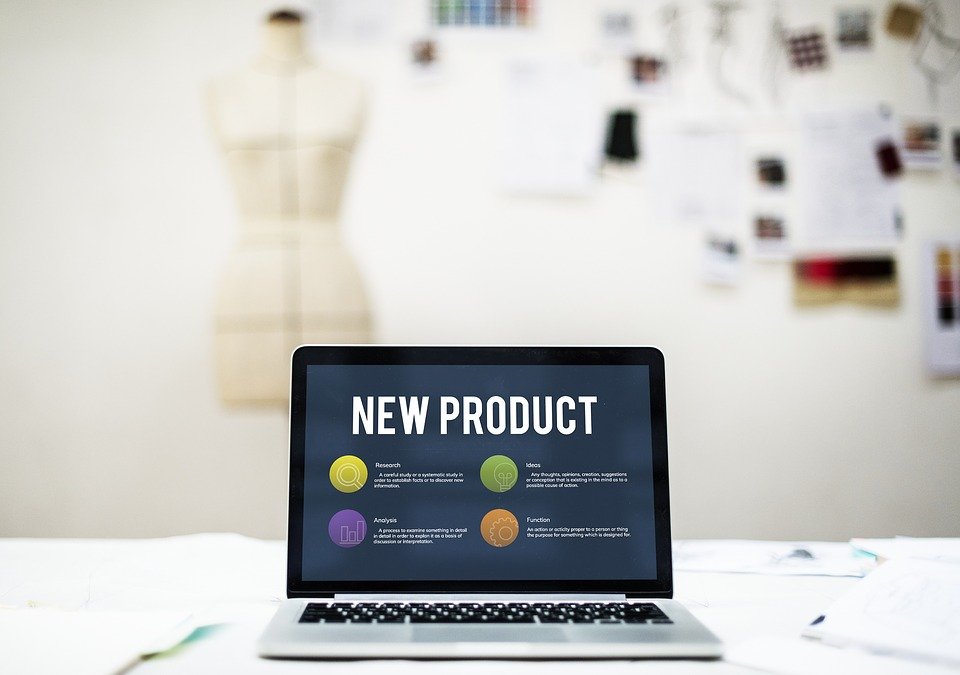
The 4 Types of Products and Services in Quickbooks

When using Quickbooks to keep track of your business’s finances, you’ll need to record the number of products or services sold by your business. Intuit’s accounting software makes accounting a breeze. To ensure your entries are correct, however, you’ll need to choose the right type of product or service. Quickbooks currently supports four separate choices for product and service “items,” each of which is described below.
#1) Inventory
An inventory item is a product purchased or sold by your business that you want to track the quantity for. If you regularly purchase products from a wholesale supplier, for example, you can create an inventory item to track how many units your business has purchased. Alternatively, you can use an inventory item to track the number of product units your business has sold. If you want to track the quantity of a tangible product that’s purchased or sold by your business, use an inventory item.
#2) Non-Inventory
Like inventory items, non-inventory items also consist of products purchased or sold by your business. The only difference is that inventory items are tracked, whereas non-inventory items are not tracked. For small components, such as nuts or bolts, a business may choose not to track quantity, in which case a non-inventory item should be used.
#3) Services
Not all businesses sell tangible products. Millions of U.S. businesses rely on service sales to generate profits. If your business sells a service, or multiple services, you should choose the service item type in Quickbooks. Examples of service items may include professional landscaping services, legal consultations, office cleaning and data recovery. Because they aren’t tangible, they are considered services, so the service item should be used when tracking them in Quickbooks.
#4) Bundle
Finally, a bundle item is a collection of two or more products or serviced sold by your business. A landscaping company, for example, may sell lawn mowing as well as flower planting as a bundled service. When two or more products or services are sold together, it’s tracked using the bundle item type in Quickbooks.
Keep in mind that you can change the item type of product or service in Quickbooks. This is done by clicking the gear icon on the toolbar and choosing “Products and Services” under “Lists.” From there, you can edit the product or service to change its item type.
Have anything else that you’d like to add? Let us know in the comments section below!
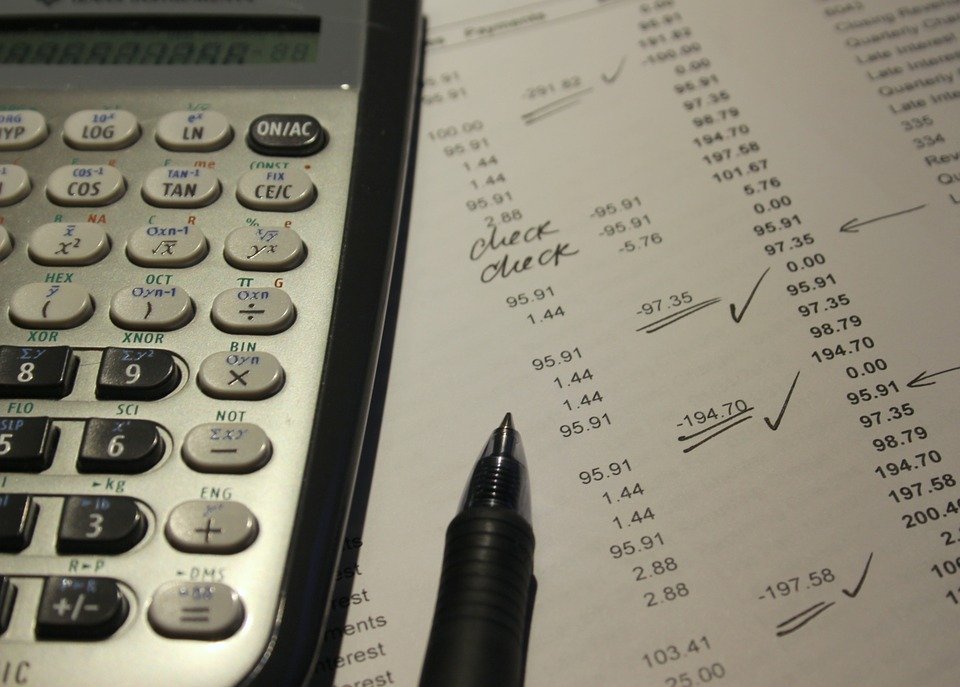
Single vs Double-Entry Bookkeeping Systems

Bookkeeping systems can be classified as either single entry or double entry depending on how many times a transaction is recorded. Some business owners and entrepreneurs assume that transactions should be only recorded once. Whether it’s a credit or debit, they only record transactions in once. While this is a viable accounting method, however, it’s not necessarily the best. To choose the right bookkeeping system for your business, you must first understand the differences between single-entry and double-entry systems.
What Is a Single-Entry Bookkeeping System?
As the name suggests, a single-entry bookkeeping system is an accounting method in which each of your business’s financial transactions is recorded once, typically either in a journal or general ledger. Whether it’s a debit or credit, you only record transactions once when using a single-entry bookkeeping system. As a result, it’s a simple and easy way to keep track of your business’s financial transactions.
What Is a Double-Entry Bookkeeping System?
A double-entry bookkeeping system, on the other hand, is an accounting method in which each of your business’s financial transactions are recorded twice. With a double-entry bookkeeping system, each financial transaction is recorded in two separate accounts.
Why would you need to record financial transactions twice exactly? Well, if you’re paying off a loan, using a double-entry bookkeeping system ensures that all payments made towards the loan lower the amount of money you owe the lender while also reducing your business’s total money.
The key thing to remember with double-entry bookkeeping is that all transactions are recorded as both a debit and a credit. Additionally, all transactions are placed in two separate accounts. You can think of double-entry bookkeeping as a way of tracking inventory and accounts receivables.
Choosing the Right Bookkeeping System
After reading this, you might be wondering whether to use a single-entry or double-entry bookkeeping system for your business. While some business owners and entrepreneurs prefer the simplicity of a single-entry system, a double-entry system usually offers the best results.
If you use a double-entry bookkeeping system, you’ll be able to calculate your business’s profits and losses more accurately and with greater ease. The only downside to using a double-entry bookkeeping system is that it’s more time consuming and tedious to record financial transactions, as each transaction is recorded twice. But if you’re willing to invest the necessary time, you’ll probably discover that it’s well worth it.
Have anything else that you’d like to add? Let us know in the comments section below!
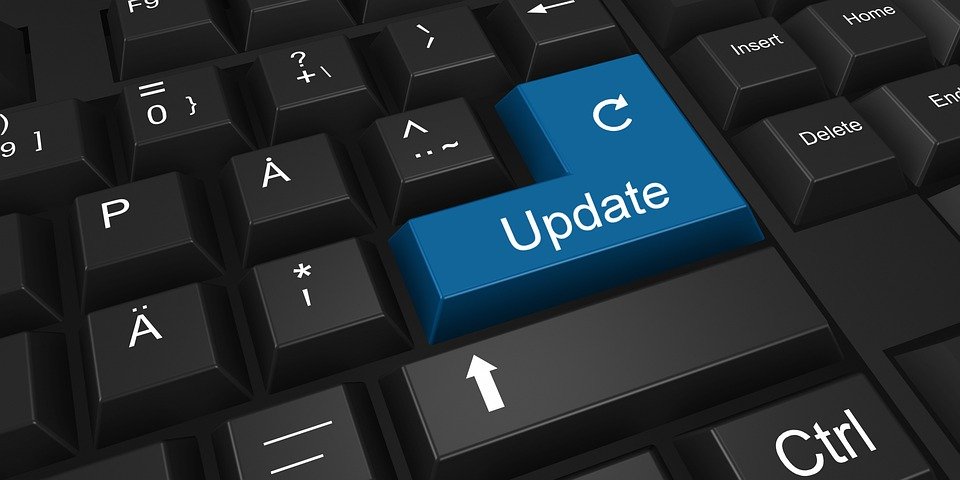
How to Update Quickbooks to the Latest Version

Is your computer running the latest version of Quickbooks? If you use Quickbooks Online, you won’t have to update it. But if you use Quickbooks Desktop, you’ll need to regularly download and install new updates. Some of these updates are minor, consisting of basic patches to improve performance, whereas others are more critical, eliminating in security vulnerabilities, fixing bugs and more. As long as your computer has an active internet connection, you can update Quickbooks Desktop to the latest version using one of several methods.
Automatic Updates
You can set up your Quickbooks software to perform updates automatically. Known as the automatic update method, it’s the easiest way to ensure your computer is running the latest version of Intuit’s accounting software.
To set up automatic updates, access the “Help” menu, followed by “Update Quickbooks.” Next, click the “Options” tab in the window labeled “Update Quickbooks.” You should then see an option to toggle on or off automatic updates. After toggling on this option, you can choose which updates you want to download and install and which ones you don’t. If you’re unsure which updates to receive, opt to receive all of them. This way, a critical or otherwise important update won’t sneak past your computer.
Immediate Updates
Another way to update Quickbooks is to use the immediate update method. Also known as the manual update method, it requires you to perform the updates yourself rather than relying on the software’s automatic method. This is done by going to the “Help” menu, selecting “Update Quickbooks” and then clicking on the “Update Now” tab. As with the automatic update method, you’ll have the ability to select which updates to download and install. When finished, click “Save” and “Close” to complete the process.
Keep in mind that if you have Quickbooks Desktop installed on multiple computers, you’ll have to update each of them using if you use the immediate update method.
Multi-User Mode Updates
If you run Quickbooks in multi-user mode, meaning multiple users are able to access your business’s Quickbooks account from different computers or devices, you may want to use the multi-user mode update method. This is done by opening your shared company file, after which you can go back to the “Help” menu and select “Update Quickbooks.”
Next, select the “Options” tab in the update window. For the option titled “Share Download,” click the “Yes” button. When finished, click “Save” to complete the process.
Did this tutorial work for you? Let us know in the comments section below!
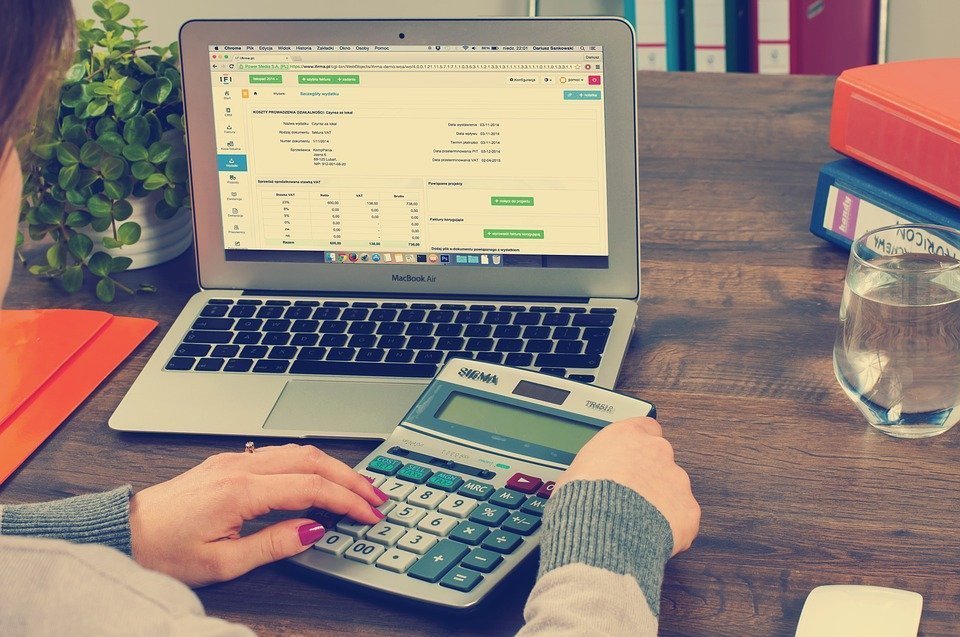
What Is a General Ledger?

When running a business, you’ll need to keep records of all incoming and outgoing money. While there are numerous documents available with accounting, general ledgers are arguably the most important. They offer a snapshot of your business’ financial health, revealing its income as well as expenses. As a business owner, though, you might be wondering what’s included in a general ledger and why they are used.
Overview of General Ledgers
A general ledger is a document containing all the financial transactions associated with your business’s operations. In accounting software, including Quickbooks, it serves as the repository for all transactions. In other words, it summarizes your business’s financial transactions, allowing you to quickly and easily see all incoming and outgoing money.
Withing a general ledger are individual accounts, known as ledger accounts. Each transaction is essentially a ledger account. A general ledger, on the other hand, is a collection of ledger accounts.
The Elements of a General Ledger
While not all general ledgers are the same, most feature several common elements, including the following:
- Assets
- Liabilities
- Equity
- Revenue
- Expenses
- Gains
- Losses
Benefits of Using a General Ledger
Using a general ledger can provide you with a better understanding of your business’s financial health. Granted, you can always review your bank statements and credit card statements, but this is often tedious and time consuming. A faster and easier way to gauge your business’s financial health is to use a general ledger. Running a general ledger report will provide a snapshot of your business’s financial transactions — all in a single, easy-to-access document.
How to Access General Ledger in Quickbooks
Assuming you use Quickbooks to keep track of your business’s finances, you can run a general ledger report to view this essential accounting document. In Quickbooks, click “Reports” on the left-hand navigation menu and select “All.” From here, scroll down and click the link labeled “For My Account.” Next, choose “General Ledger,” after which you’ll need to select a date range and specify either “Cash” or “Accrual” basis. After performing these steps, click “Run Report” to generate a general ledger of your business’s financial transactions.
Keep in mind that you’ll only see transactions in the general ledger that occurred during the specified date range. If you want to see a list of all transactions conducted by your business in 2018, for instance, you’ll need to set the date range from Jan. 1, 2018 to Dec. 31, 2018.
Have anything else that you’d like to add? Let us know in the comments section below!

How to Record a Delayed Credit in Quickbooks

Does your business owe a customer or client money? Maybe the customer overpaid, or perhaps he or she requested a refund. Regardless, you should record the money owed as a delayed credit to the respective customer’s invoice. Using Quickbooks, you can easily record a delayed credit in just a few simple steps.
Steps to Recording a Delayed Credit
In Quickbooks Online — the cloud-based version of Intuit’s popular accounting software — you can record a delayed credit by clicking the (+) icon on the main screen’s toolbar and choosing “Delayed Credit” under the “Customers” menu. From here, you’ll need to complete several fields about the delayed credit, some of which include the customer’s name, the date, the products or services associated with the delayed credit, the dollar amount and quantity. When finished, click “Save and close.”
After creating the delayed credit, you’ll need to apply it to the customer’s invoice. This is done by going back to the main Quickbooks screen and clicking the (+) icon, followed by “Invoice” under the “Customers” menu. On the right side, you should see a list of all delayed credits, including the delayed credit that you just recently created. After selecting the customer and invoice, click “Add” next to the delayed credit.
If you need to create multiple delayed credits for multiple customers, simply repeat these steps. Quickbooks allows you to quickly and easily record delayed credits.
Delayed Credit vs Delayed Charge: What’s the Difference?
Some business owners assume that a delayed credit is the same as a delayed charge, but this isn’t necessarily true. A delayed charge is essentially the opposite of a delayed credit. With a delayed charge, you are delaying a request for payment from a customer or vendor.
You can think of delayed charges as being “expected revenue.” In other words, the customer or vendor will make a payment to your business in the future. If you run a landscaping company, for example, you may use a delayed charge to record expected revenue from your customers. After completing the landscaping service, you can go ahead and record the delayed charge until the customer has paid.
Recording a delayed charge in Quickbooks is very similar to recording a delayed credit. You click the “Customers” menu, choose “Delayed charge” and complete the given fields. Of course, you’ll also need to add the delayed charge to the customer’s invoice — just like would when recording a delayed credit.
Did this tutorial work for you? Let us know in the comments section below!
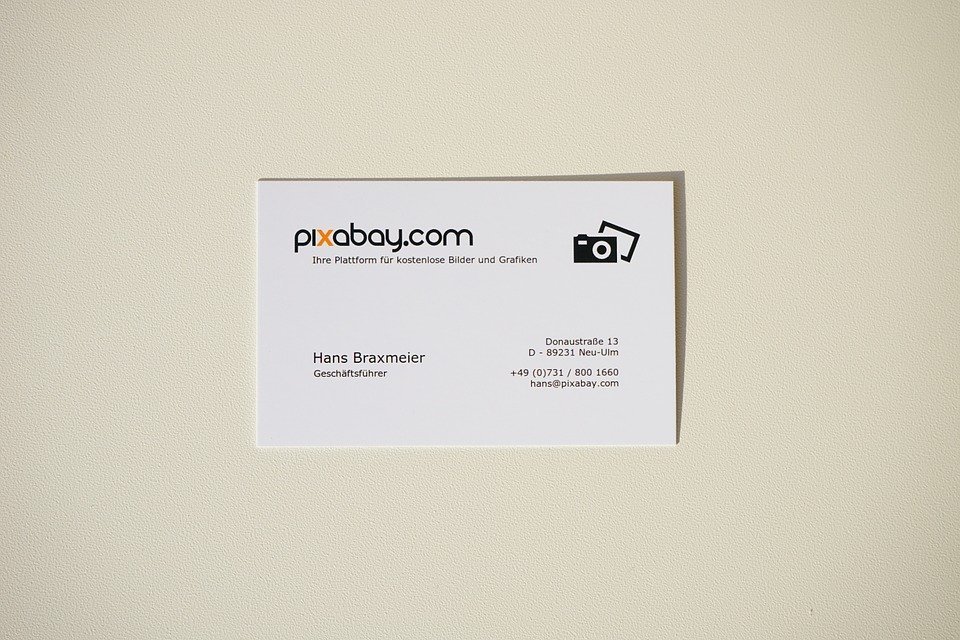
Are Business Cards Still Useful?
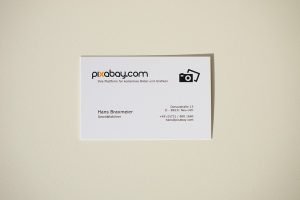
If you operate a small business, you might be wondering whether you should invest in a set of business cards. With the advent of the internet and digital media, paper-based business cards have become less common. As a result, some business owners assume they are no longer useful or relevant. While business cards aren’t as popular as they were several decades ago, however, they can still help your business in several ways.
You Can Hand Them to Potential Customers in Person
When you encounter a potential customer who’s contemplating purchasing your small business’s products or services, you can give him or her one of your business cards. Not everyone owns a smartphone. And if a potential customer doesn’t have a mobile device, he or she may not remember your small business’s name or contact information. A simple solution is to give potential customers a business card.
They Project Credibility
Business cards also project credibility. Customers and potential customers will view your small business as being more credible than its competitors if you give them a business card. You can create custom business cards using your small business’s logo, color scheme and other visual brand elements. Upon seeing this highly professional design, customers and potential customers will feel confident knowing that your small business is credible and legitimate.
Educates Potential Customers About Your Business
Business cards can contain more than just your small business’s name; they can include other relevant information such as your small business’s photo number, address, email address, website address and hours of operation. As a result, they are highly useful for educating potential customers about your small business.
You Can Leave Them Behind
A benefit of using business cards that’s often overlooked is the fact that you can leave them behind. Many restaurants, for example, hold giveaway drawings using business cards left by their customers. If you dine at one of these restaurants, you can place your business card in a jar for a chance to win a prize. Most importantly, though, other patrons may see your business card inside the jar, thereby giving your small business additional exposure.
They Are Inexpensive
Finally, business cards are relatively inexpensive, so they won’t hurt your small business’s finances. You can often purchase up to 500 custom business cards for as little as $50, essentially making them 10 cents a piece.
What are your thoughts on business cards? Let us know in the comments section below!
